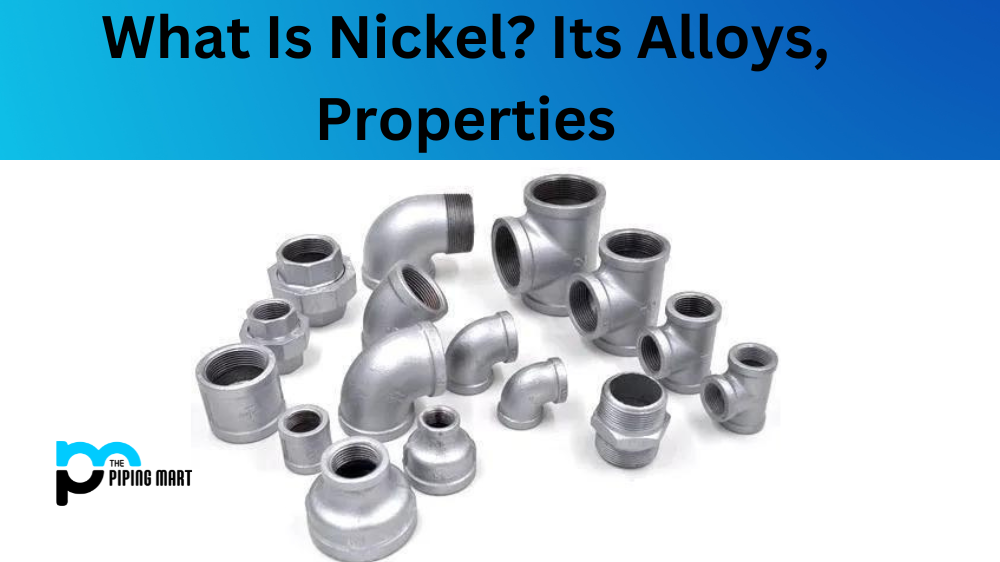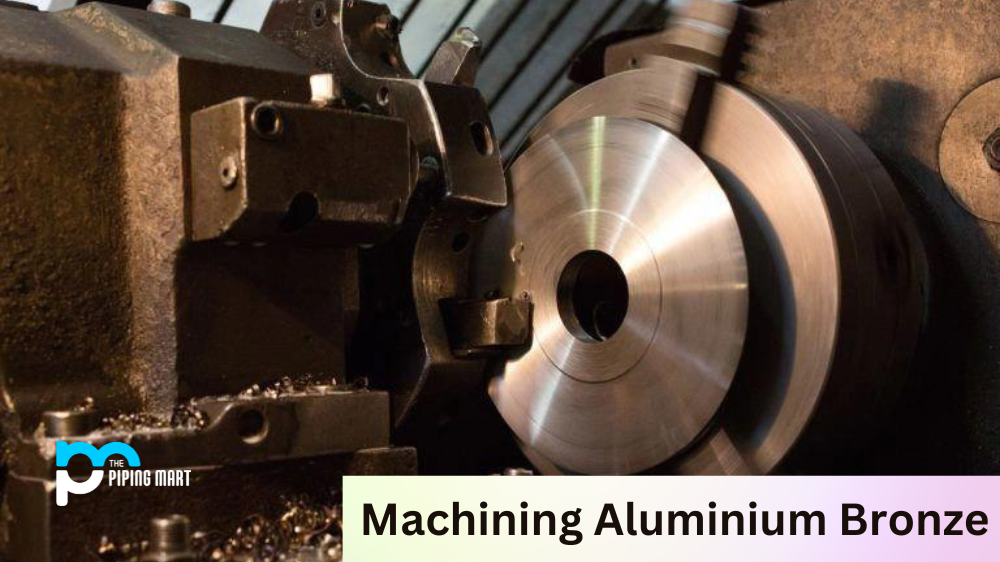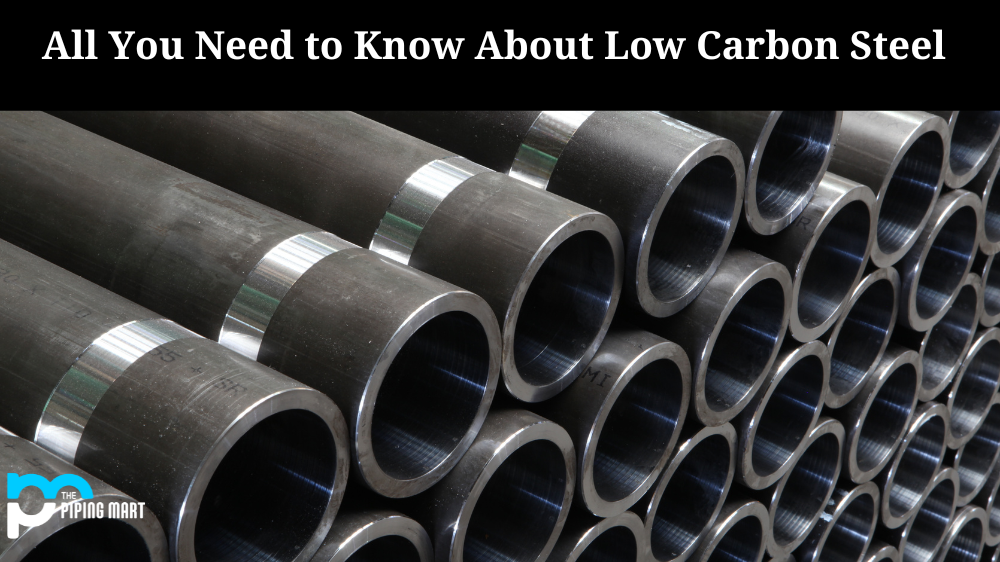What is Nickel?
Nickel is a naturally occurring metallic element that appears silvery-white and shiny. It is the fifth most common element on the planet and is abundant in the crust and core. Nickel, like iron, is a common element in meteorites and can also be found in trace amounts in plants, animals, and seawater.
While the concentration of nickel in the earth’s crust is approximately 80 parts per million, the earth’s core is primarily composed of a nickel-iron alloy.
Properties of Nickel
Physical Properties:
- Nickel is a silvery-white metal that is hard, malleable, and ductile.
- It is a good heat and electricity conductor.
- It has a valency of two and is bivalent.
- The metal dissolves slowly in dilute acids.
- It has a melting point of 1453 degrees Celsius and a boiling point of 2913 degrees Celsius.
Chemical Properties:
- Nickel is an element with low reactivity.
- It does not combine with oxygen or water at room temperature, nor does it dissolve in most acids.
- It becomes more active at higher temperatures.
- Nickel burns in oxygen to form nickel oxide (NiO):
- When it reacts with steam, it produces nickel oxide and hydrogen gas:
Nickel and its Alloys
Nickel is an extremely versatile metal that is abundant in the earth’s crust and core. Nickel, which was discovered and isolated by Axel Fredrik Cronstedt, a Swedish chemist and mineralogist, has a number of desirable properties that make it useful in industrial applications. Nickel, for example, is highly ductile and useful as an alloying element to change the properties of other metals. Grades of stainless steel, for example, can be created by adding nickel to produce alloys that offer corrosion resistance and high-temperature endurance, making them ideal for use in chemical plants where caustic substances may be present.
Nickel-Iron Alloys:
Nickel-Iron (FeNi36) Alloy was discovered in 1896; its unique property of low and linear expansion over a wide temperature range enabled the production of efficient bimetals for use in safety cut-off devices for gas cookers and heaters. One of the most common applications for FeNi36 has been the thermostat of electric immersion heaters, which are used in a variety of domestic and commercial water heating systems. The thermostat’s operation is based on the differential expansion between a brass tube and an inner FeNi36 rod, with the resulting movement used to activate a microswitch. The temperature is typically adjustable between 48 and 83°C.
Nickel-Chromium Alloys:
Nickel-chromium alloys are highly valued for their corrosion resistance, high-temperature strength, and electrical resistance. The alloy NiCr 70/30, also known as Ni70Cr30, Nikrothal 70, Resistohm 70, and X30H70, for example, has a melting point of 1380oC and an electrical resistivity of 1.18 -m. Nickel-chromium alloys are used in heating elements such as toasters and other electrical resistance heaters. When made into wire, they are known as Nichrome wire.
Nickel-Copper Alloys:
Because of Nickel-Copper’s excellent resistance to seawater corrosion, low macrofouling rates, and good fabricability, nickel-copper (also known as cupronickel) alloys are widely used for marine applications. For decades, they have provided dependable service while also providing effective solutions to today’s technological challenges.
Nickel-Molybdenum Alloys:
Strong acids and other reducers such as hydrochloric acid, hydrogen chloride, sulfuric acid, and phosphoric acid are chemically resistant to nickel-molybdenum alloys. An alloy of this type, such as Alloy B-2, has a molybdenum concentration of 29-30% and a nickel concentration of 66-74%. Pumps and valves, gaskets, pressure vessels, heat exchangers, and piping products are all examples of applications.
Nickel-Chromium-Iron Alloys:
Nickel-chromium-iron alloys combine these elements to produce alloys that resist oxidation and high-temperature corrosion. Alloy 800, also known as Incoloy 800®, Ferrochronin® 800, Nickelvac® 800, and Nicrofer® 3220, is a material used to sheath electrical heating elements and in furnace components such as petrochemical furnace cracker tubes. These alloys are also valued for having excellent creep and rupture properties at high temperatures. These alloys are typically composed of 30-35% nickel, 19-23% chromium, and a minimum of 39.5% iron. Because of the high iron content, these alloys have been reclassified as stainless steel.

Pipingmart is a B2B portal that specializes in metal, industrial and piping items. Additionally, we share the latest information and information about materials, products and various types of grades to assist businesses that are involved in this business.




